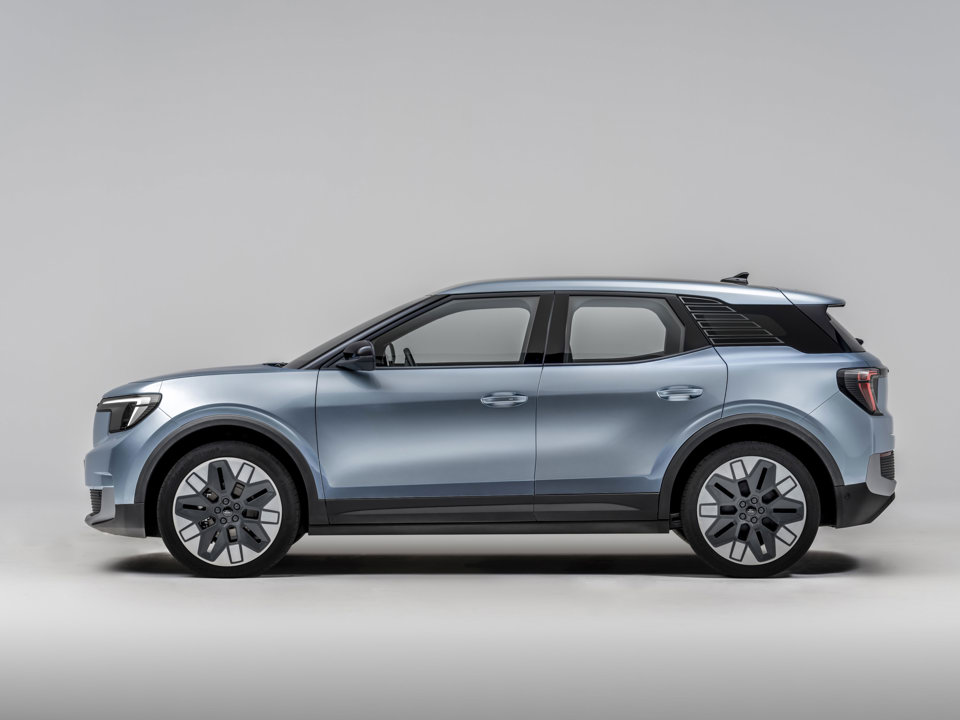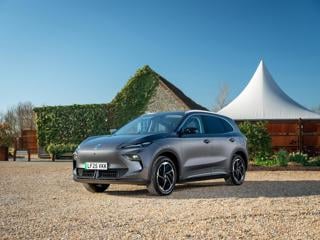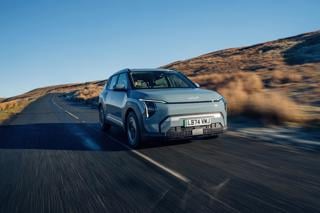A complaint against Ford for using the term “zero emission driving” in relation to the fully electric Explorer has not been upheld.
It follows complaints to the Advertising Standards Authority (ASA) about describing electric vehicles (EVs) as “zero emission vehicles” being upheld against BMW and MG recently.
Interestingly, the Ford advert was identified for investigation following intelligence gathered by the ASA’s active ad monitoring system, which uses artificial intelligence (AI) to proactively search for online ads that might break the rules, as part of a wider piece of work on ‘zero-emissions’ claims.
The advert featured the claim, “New All-Electric Explorer – Redefining Adventure. The ultimate all-electric SUV is here. The Explorer. Redefine the meaning of adventure. The ultimate exploration vehicle – Find out more & discover the range of features. Zero-emissions driving. Fast charging. Driver Assistance Tech”.
The ASA challenged whether the claim "Zero-emissions driving" misleadingly represented the vehicle's environmental impact.
Ford explained that the ad specifically stated “driving” and therefore was not a statement that the all-electric Explorer was a zero-emissions vehicle in absolute terms.
The manufacturer said that there was a clear distinction between its claim of “zero-emissions driving” and an absolute claim such as a “zero-emissions vehicle”.
The latter, it added, could be interpreted as an absolute claim encompassing the life cycle of the vehicle (including production, driving, charging and maintenance).
However, Ford’s claim “zero-emissions driving” explicitly and specifically stated that it was in relation to “driving”.
Ford further stated that the claim had been made in the wider context of the ad, specifically the text, “Find out more and discover the range of features. Zero-emissions driving. Fast charging. Driver Assistance Tech”.
It said that the text made clear that charging was another key element of the vehicle’s capabilities. Therefore, the context made it clear to consumers that there were other elements to the vehicle’s capabilities, beyond driving, such as charging, and the “zero-emissions” claim was made specifically in relation to driving.
However, to make future ads even more clear, Ford said it would amend the claim to “zero-emissions while driving”.
The ASA said it understood that, unlike a car with a petrol or diesel engine where emissions came from the tailpipe, when battery electric vehicles (BEVs) were driven no emissions were produced.
However, in other circumstances, such as the manufacture, disposal or charging of an EV using electricity from the national grid, emissions were generated.
For that reason an ad that featured a “zero emissions” claim, that did not make explicitly clear that it related to the reaction of the vehicle while it was being driven, was likely to mislead.
The ASA considered that the claim “zero-emissions driving” in isolation was ambiguous. That was because it could be interpreted as an absolute claim, a comment on the emissions resulting from the vehicle through its life cycle, including for example, its manufacture, use and disposal.
While the ad included the claim “zero-emissions driving”, it said it was immediately followed by references to “Fast charging” and “Driver Assistance Tech”.
This further text placed the claim in the context of some of the specific features of the car, which included its emissions while being driven, its charging capability and technical function.
The claim was unlikely, therefore, in that specific context to be understood as a comment on the vehicle’s overall life-cycle (manufacture, use and disposal) emissions.

























Login to comment
Comments
No comments have been made yet.